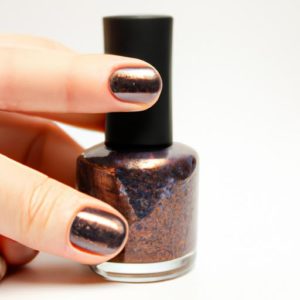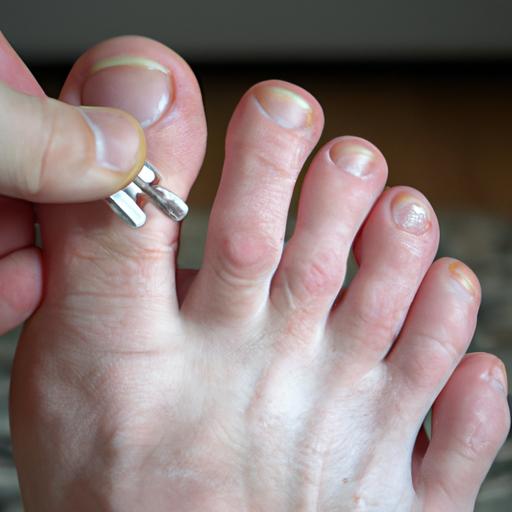Table of Contents
Nail polish has been a beloved cosmetic product for centuries, cherished for its ability to enhance the beauty of our nails. With its vast array of colors, textures, and finishes, nail polish has become a versatile accessory suitable for any occasion. However, one question that frequently arises when using nail polish is: how long does it take to dry? The drying time of nail polish can vary, influenced by factors such as the type of polish, the thickness of the application, and the surrounding environment. So, let’s delve into the aspects that affect the drying time of regular nail polish and discover some tips to expedite the process.
Factors that Influence Nail Polish Drying Time
Composition of Nail Polish
The composition of nail polish plays a pivotal role in determining its drying time. Traditional nail polishes typically consist of three key components: a solvent, a resin, and a pigment. The solvent keeps the polish in a liquid state, facilitating even application. The resin offers durability and shine, while the pigment provides color. Different brands may adopt various combinations of these components, which can impact drying time.
For instance, certain nail polishes incorporate fast-drying solvents that evaporate quickly, resulting in a faster drying process. Conversely, others employ thicker resins, extending the drying time. Hence, it’s crucial to select a nail polish that suits your specific needs and preferences.
Thickness of Application
The thickness of the nail polish application also affects drying time. A thick layer of polish necessitates a more extended drying duration compared to a thin layer. The solvent in the polish must evaporate from both the upper and lower layers. Applying a thin layer allows for faster evaporation, thereby reducing drying time. Moreover, applying multiple thin layers of polish is preferable to a single thick layer as it permits each layer to dry completely before applying the next.
Drying Duration of Regular Nail Polish
Average Drying Time
On average, regular nail polish takes between 10 to 20 minutes to dry. However, the drying time can vary depending on the aforementioned factors. Rapid-drying nail polishes can be completely dry in as little as 60 seconds, while thicker polishes may require up to an hour for complete drying.
Factors Affecting Drying Time
Besides the composition of the polish and the thickness of the application, other factors such as humidity and temperature also exert an influence on drying time. High humidity slows down the drying process by impeding the rapid evaporation of the solvent. Likewise, low temperatures impede drying, while high temperatures expedite it.
Tips to Expedite the Drying Process
If you’re eager to accelerate the drying time of regular nail polish, here are several tried-and-true tips:
- Apply thin layers of nail polish: Thin layers promote faster solvent evaporation, resulting in quicker drying times.
- Utilize a quick-drying topcoat: Applying a quick-drying topcoat after the second layer of nail polish has dried completely can expedite the drying process.
- Try a nail polish drying spray: Specially formulated nail polish drying sprays facilitate rapid solvent evaporation, effectively speeding up drying time.
- Make use of a UV nail lamp: UV nail lamps are commonly employed by professional nail technicians to expedite the drying process. These lamps emit UV rays, which aid in curing the polish and reducing drying time.
How to Determine if Nail Polish is Dry
Once you’ve applied your chosen nail polish, it’s crucial to ascertain whether it has dried before engaging in any activities that could ruin it. Here are several methods to test the dryness of your nail polish:
Visual Cues
A simple way to determine whether your nail polish is dry is to visually inspect it. If the surface appears smooth and shiny, it’s likely dry. However, if it still seems wet or tacky, it requires additional drying time.
Touch Test
Another method is the touch test. Gently touch the surface of your nail polish with the tip of your finger. If it feels hard and dry without smudging, it’s ready. However, if it feels tacky or smudges, it needs more drying time.
Time Test
If you’re uncertain about the dryness of your nail polish, you can employ the time test. Set a timer for 10 minutes and refrain from touching anything during this period. After 10 minutes, examine your nail polish. If it appears smooth and shiny, it’s dry. However, if it looks wet or tacky, it requires further drying time.





